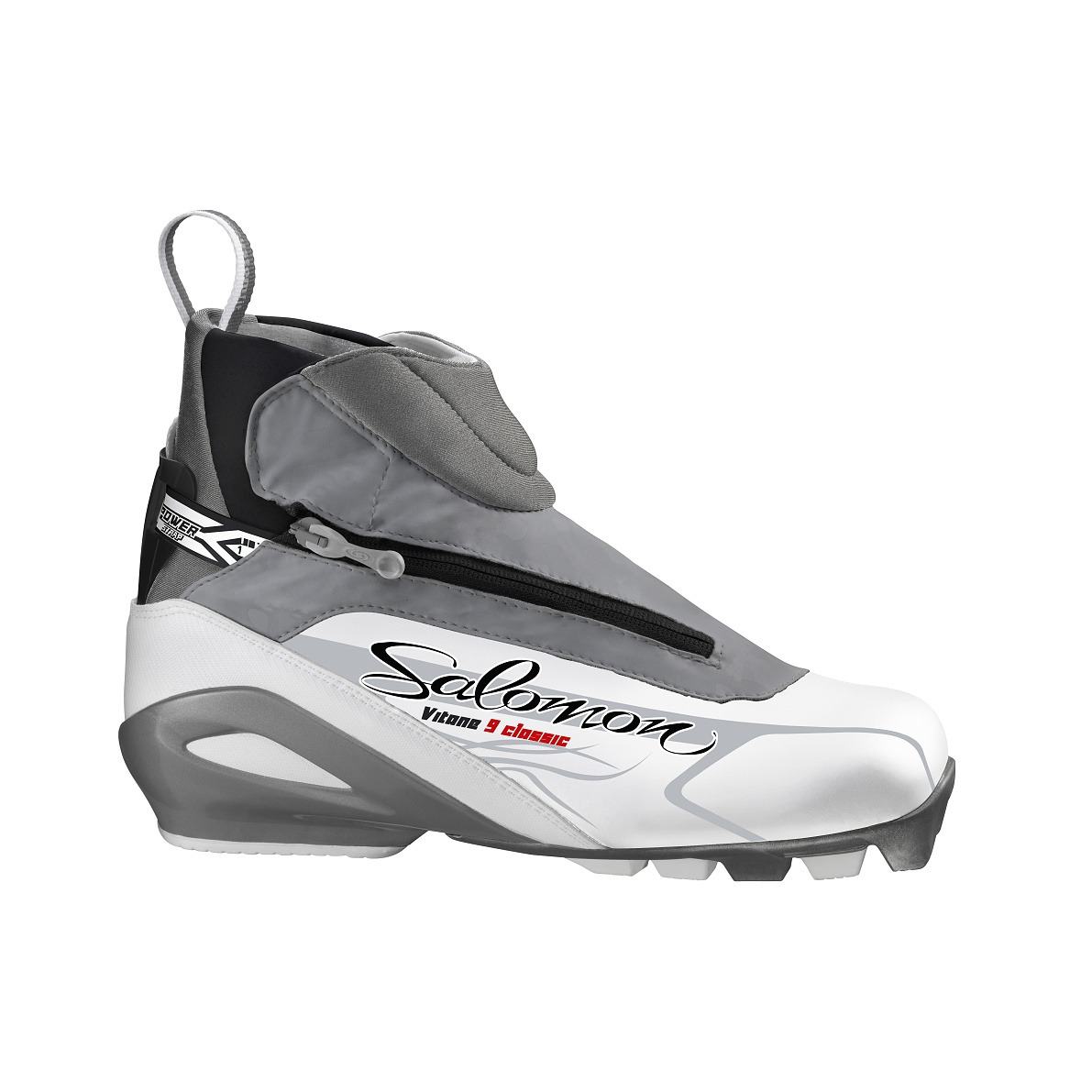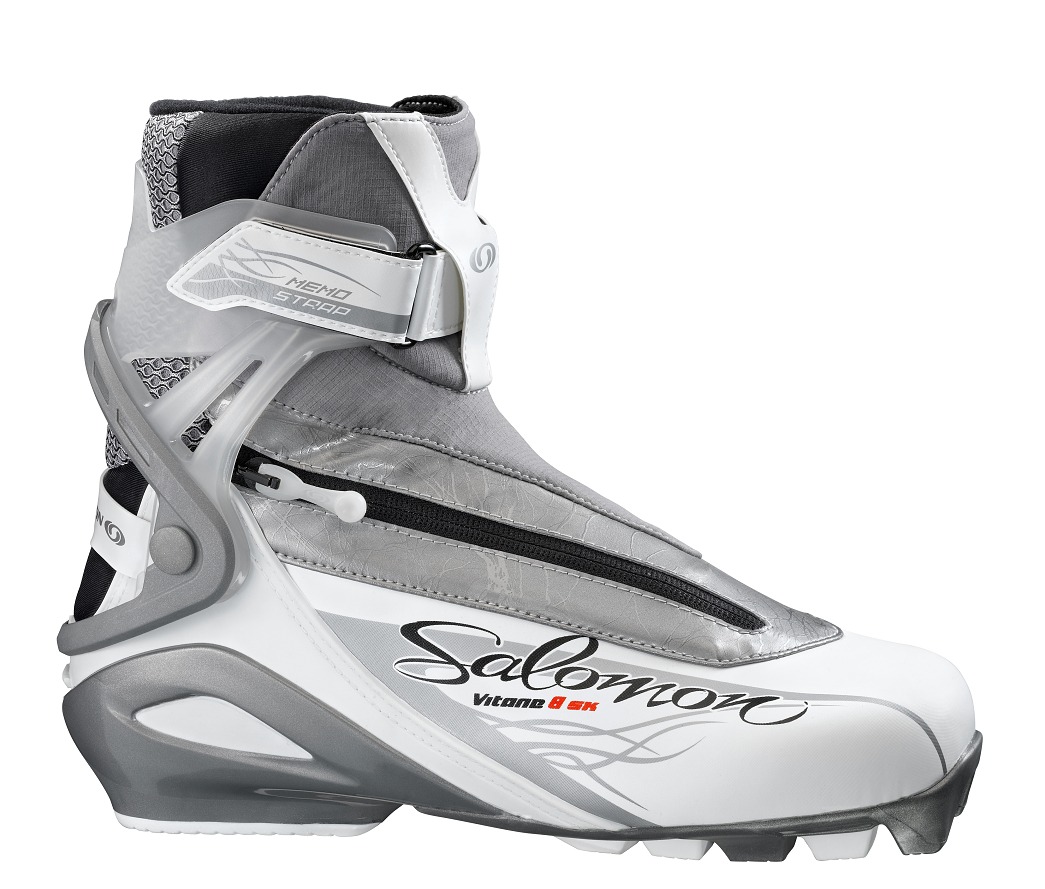We use cookies to ensure you get the best experience on our website. More Info.
How to chose my cross-country shoes?
What are the selection criteria for making my choice?
Requirements:
Cross-country ski boots have a compact seat and must hold the foot well from its middle part to the heel. They thus offer a feeling of security to the skier. It can therefore put all its effort directly into its progression without losing energy for its stability.
The most comfortable shoes have a soft lining, good insulation and are cut a little wider. They also sometimes have soft inserts in the sole that prevent slipping on the snow. Competition shoes are cut more compactly and designed to ensure optimal transmission of support.
The first two selection criteria for your shoes are in our opinion:
- the comfort
- the heat
When testing your shoes, make sure you take a model inside that is large enough so as not to block blood circulation, which would inevitably lead to frostbite when going out in cold weather.
That said, we must also take into account the lateral support and ankle support, without sacrificing comfort and the insulating power of the shoe.
What is the difference between skating and classic shoes?
In general, the cross-country ski boots used for skating must have a shell and a stiffer sole for better control of the ski while the classic boots can be more flexible, in order to allow a good fluidity in the flexion of the foot.

-
Classic running shoes have a low to mid-high upper. They have a flexible sole which allows an optimal pose. The competition models have a sole resistant better to the torsion and are extremely flexible on the front plant. The more comfortable shoes hold the ankle better.
During pushing, a strong pressure is exerted on the front of the foot and the foot requires more space. So do not buy classic shoes that are too short (space of approx. 1 cm).

-
Skating shoes have a high upper and have lateral stabilizing elements to better maintain the ankle. The sole is rigid in flexion and torsion. The lateral pressure force can thus be better transmitted. The attachment of the foot can sometimes be further reinforced by a strap. The more comfortable shoes are also cut more widely and better insulated. Support is very important for skating shoes, it is better to buy them rather tight
Which range should I choose?
You should know that a high-end shoe will be stiffer and lighter, but on the other hand it will be less comfortable and warm than a more basic pair.
What bindings should I choose according to the shoe?
There are two systems, the NNN (New Nordic Norm) and SNS (Salomon Nordic System) standards. Both are equivalent in terms of quality and price, but it should be remembered that each system has its own range of shoes, incompatible and not interchangeable with the competing manufacturer.
![]()
![]()
Skiers who practice skating normally fall back on the SNS Pilot bindings. These have a two-axis binding system which makes the ski extremely manoeuvrable and easy to control. Given the additional stability that these bindings provide, some followers of the classic prefer them to others.
There is now a new kind of binding, the "Pro Link" binding:
Salomon has released a new binding system compatible with all other shoe brands (Fischer, Rossignol, Alpina, Madshus). But beware, if you have Salomon Pilot shoes, it is not compatible with these bindings.
The Prolink standard has appeared in order to allow everyone to have the maximum choice whether in shoes, skis or bindings. From now on, you will be able to put Salomon shoes on Rottefella bindings standard NNN or even put Fischer shoes on Salomon bindings which was no longer possible since February 1, 2007.
A beautiful novelty that once again confirms Solomon’s investment in the Nordic. A work which goes in the direction of the evolution of the practice and which will do the greatest good for everyone because it will clearly facilitate the choices of the skiers. Pro Link bindings are compatible with Rossignol, Fischer, Alpina, Alfa, Atomic Classic, Madshus and Salomon Prolink shoes.

